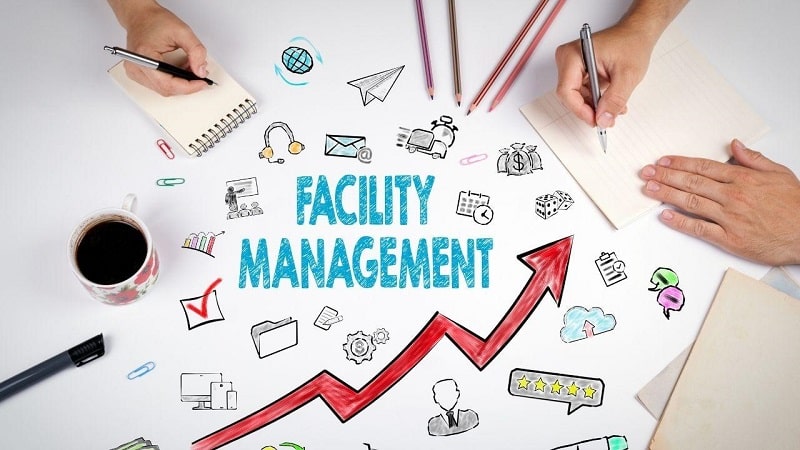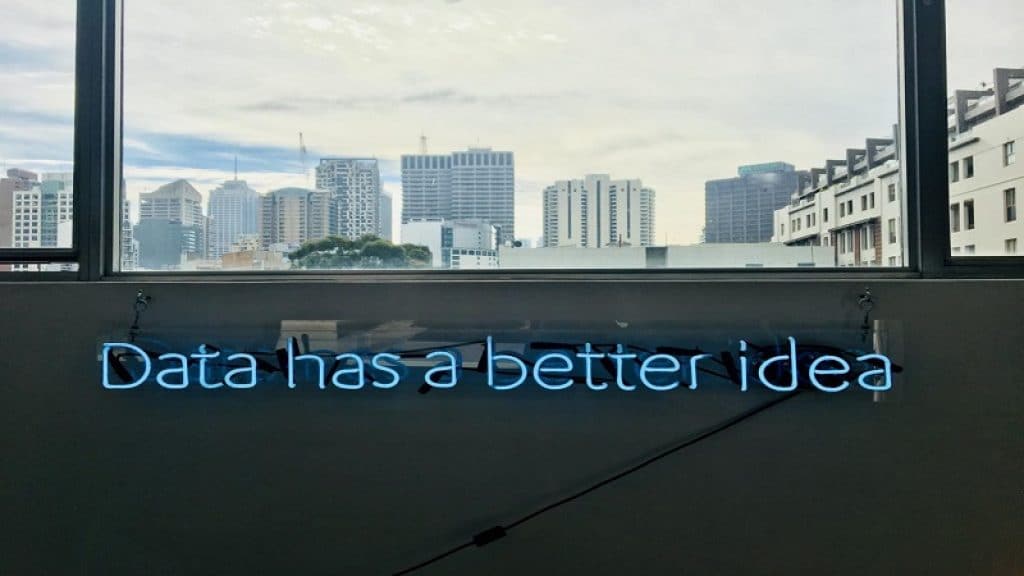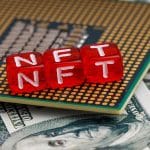
Facilities management (FM) might seem like an idle job. You only need to account for the utilities, cleanliness, and maintenance. Still, it's not that simple.
Servicing a building is a complex field with many moving parts. Sustainability seems to have become a number one pursuit for future-oriented facility managers.
With so much to keep an eye on, it's easy to get overwhelmed without automation and delegation. This article explores the technologies used in offices, factories, service, and residential buildings.
1. Building Information Modeling (BIM)
It's logical to start your efficient building management from the construction stage. Of course, not all building managers have the luxury of being in the loop during the initial planning. Still, BIM programs are even helpful for operation improvement.
It's been transforming the way managers understand data accumulation. Plus, how they can apply the gathered information to other building management components.
Access to floor plans and equipment placement improve decision-making. It can be much easier to optimize operations and do preventative maintenance. Disaster management planning can also become a breeze due to combining data and processes.
2. Intelligence-Based Operations Software

Sustainability and energy efficiency are the concepts that come to mind when we speak about facility management. Striking a balance between a comfortable work environment and cost optimization is tricky.
A comfortable office environment has various moving parts. Manufacturing facilities are even more complex. Still, the critical aspects are temperature, lighting, and air quality. Technological solutions like sensors and automatic thermostats do a few things.
First of all, they control the environment, adjusting the mentioned factors. Second, they record and send valuable data to your energy management software.
On the user's end, the information flows into an easy-to-understand dashboard. The rest of the data is available as reports. Notification systems are also standard for most solutions. Plus, you can track and manipulate it from a mobile device.
The smart components of the so-called Internet of Things can improve and further optimize your building's efficiency. The next step is machine learning integration. With this power-up, the system learns patterns and adjusts resource allocation. This improves operational efficiency and reduces the building's impact on the environment.
3. Drone-Based Inspection and Surveillance

This point might seem like drones are trying to “steal our jobs,” a classic boo-tale about technology taking over. But think about how many jobs are putting human lives in danger.
The trend proposes to replace dangerous and time-consuming work with on-ground, safe, and technologically advanced work that produces easily retrievable data. The latter can be used for more efficient decision-making and maintenance.
Security and surveillance are other aspects where unmanned aerial vehicles could be of use. Buildings with the need for high security have been using facial recognition for a while now. Fusing that technology with drones could be the key to better security for the assets, personnel, and emergency prevention.
Conclusion
Residential buildings might not need the most sophisticated technologies. But, offices, factories, and buildings with high-priority assets are different. They require automation and well-managed procedures for fast response and decision-making.
The technologies mentioned in our article can help facility managers to make facilities more efficient, safe, and sustainable.










